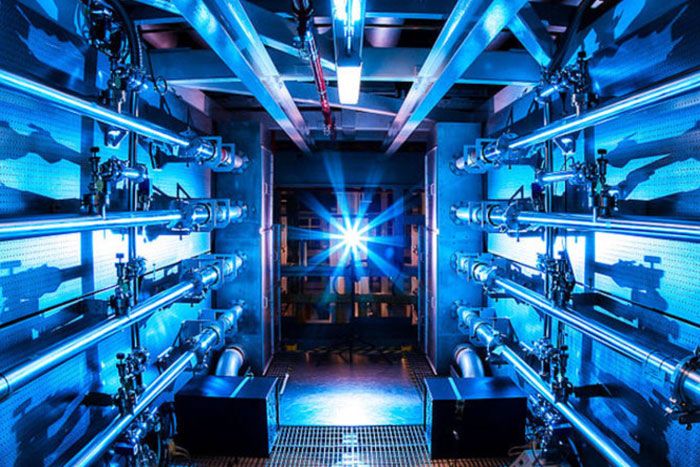Aug 27, 2015
Electrical circuit made of gel can repair itself
Posted by Early Boykins III in categories: electronics, energy, materials, robotics/AI
(Phys.org)—Scientists have fabricated a flexible electrical circuit that, when cut into two pieces, can repair itself and fully restore its original conductivity. The circuit is made of a new gel that possesses a combination of properties that are not typically seen together: high conductivity, flexibility, and room-temperature self-healing. The gel could potentially offer self-healing for a variety of applications, including flexible electronics, soft robotics, artificial skins, biomimetic prostheses, and energy storage devices.
The researchers, led by Guihua Yu, an assistant professor at the University of Texas at Austin, have published a paper on the new self-healing gel in a recent issue of Nano Letters.
The new gel’s properties arise from its hybrid composition of two gels: a supramolecular gel, or ‘supergel’, is injected into a conductive polymer hydrogel matrix. As the researchers explain, this “guest-to-host” strategy allows the chemical and physical features of each component to be combined.


















